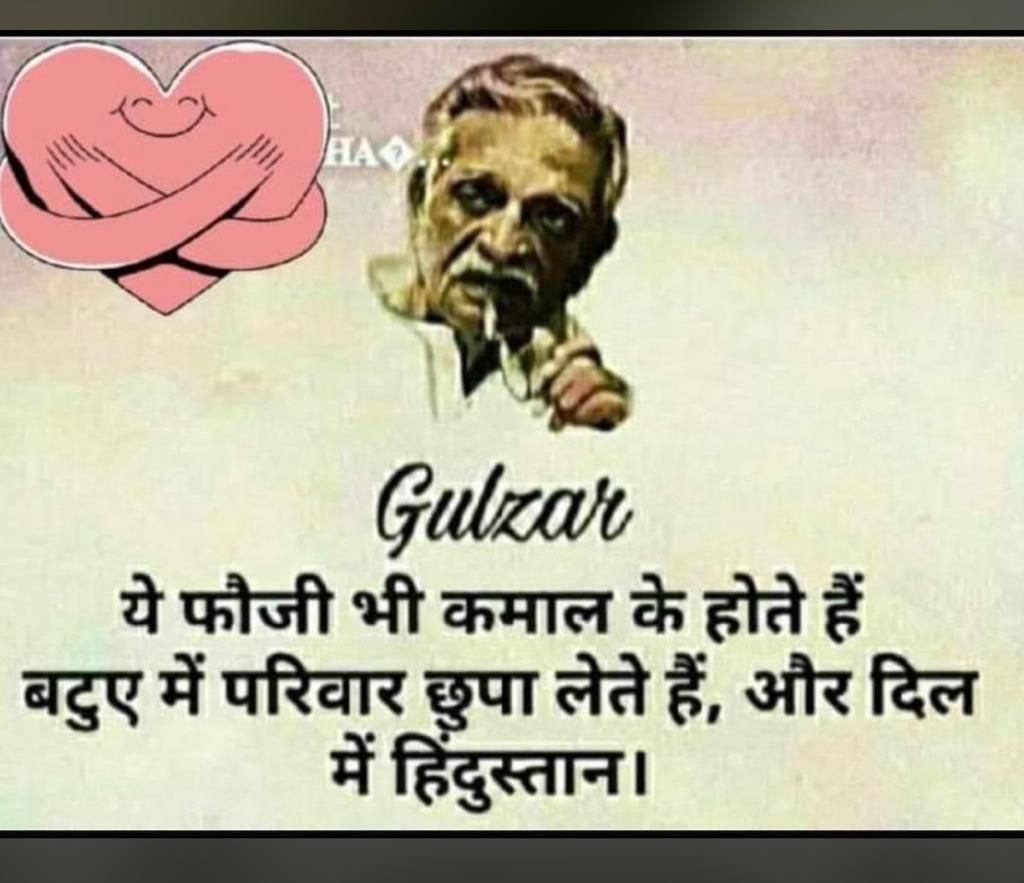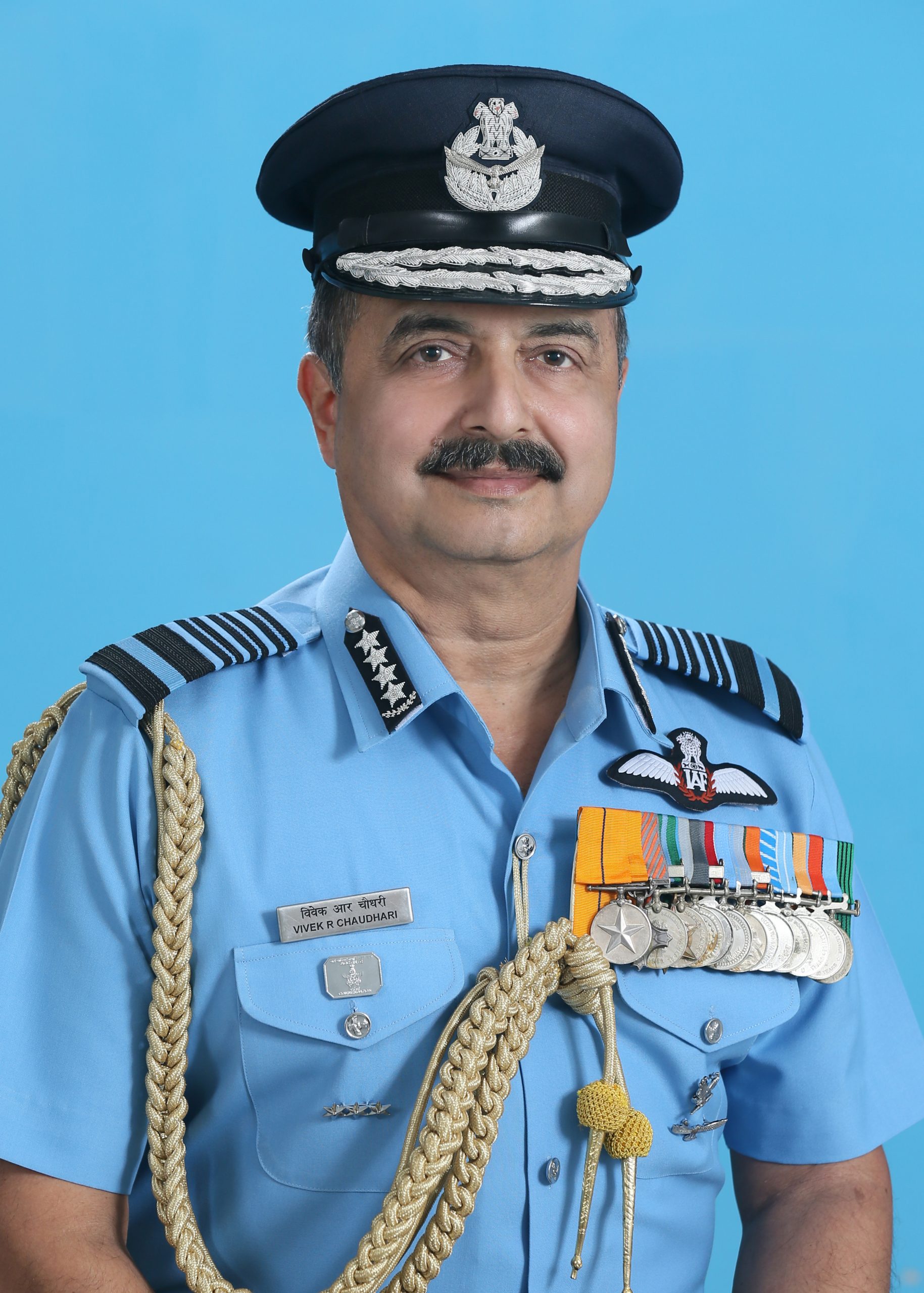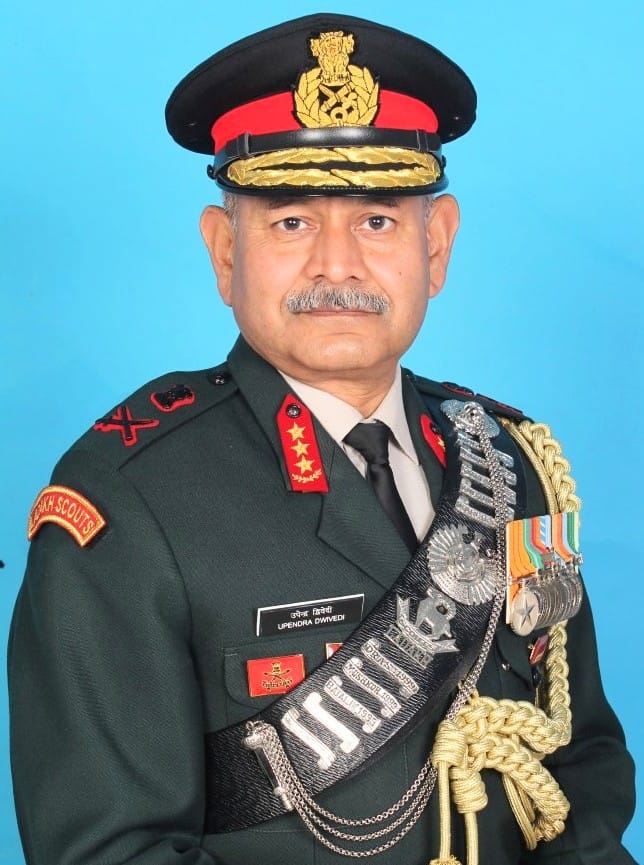
For the first time, the Indian Army has appointed a major general rank officer to look into the human rights issue and suggest means to better the track record of the force.
Major General Gautam Chauhan took charge as Additional Director General Human Rights on Thursday and will function under the Indian Army Vice Chief Lieutenant General SK Saini.
Before taking charge of the force’s first special human rights cell at the Army Headquarters, which will be the nodal body to look into any rights violations, Major General Chauhan was serving as Brigadier Operations Logistics at Headquarters of the Integrated Defence Staff (HQ IDS). He was the nodal man for Covid 19 related issues for tri-services.The infantry officer from Gorkha Rifles, Major General Chauhan has also headed brigades in the North East region. He has also served in Directorate of the Military Operations (MO).
The appointment is seen as Indian Army’s commitment toward human rights. The post of Additional Directorate General Human rights was created under reforms approved by Defence Minister Rajnath Singh as part of the re-organisation of Army Headquarters last year.
The human rights unit was created with a motive to ensure the Army’s compliance with human rights conventions and values. It will be the nodal point to examine any human rights violation reports.
“To enhance transparency and ensure the best of investigative expertise is available to the section, a police officer of SSP/SP rank will be taken on deputation,” the defence ministry had stated.
The decision to have an Indian Police Service officer on board caused heartburn in a few sections of the Army and is being seen as inviting unnecessary interference by an outsider. Army headquarters stated that had having a police officer on board is critical when it comes to coordinating with different ministries and civil agencies, especially the police.
For last several years, the force has often been charged with human right violations in Jammu and Kashmir and in the North East. But the Indian army has maintained that its human rights record is above board. — IANS












































































